Product Description
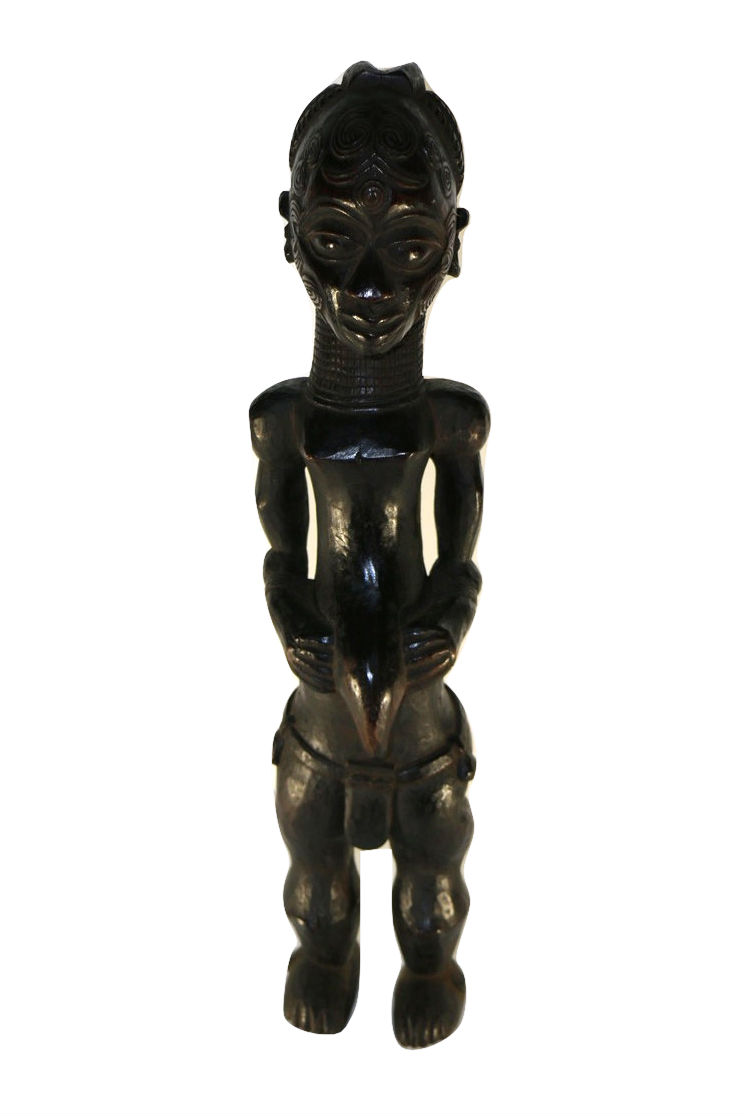
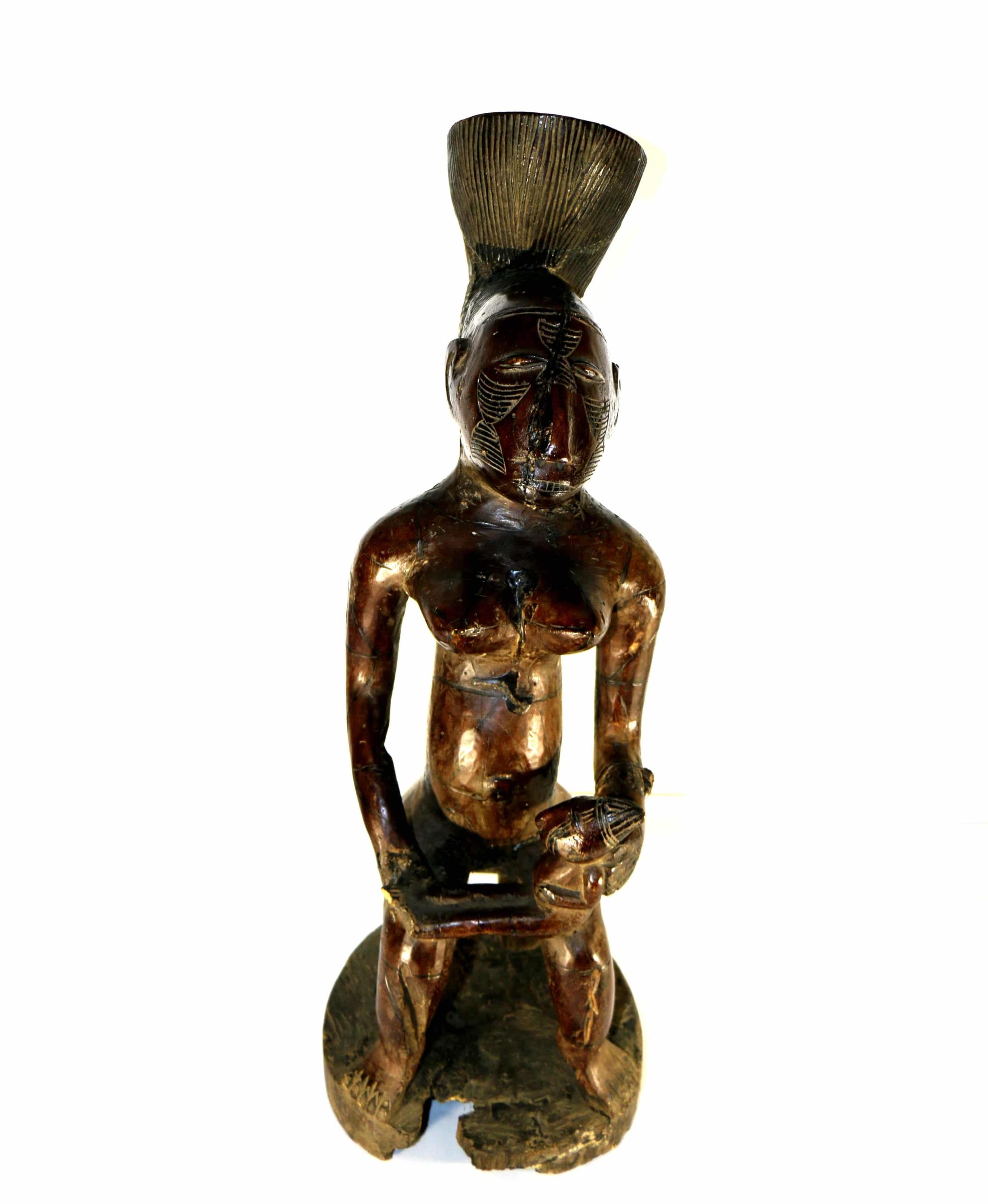
Nkisi Yombe Phemba – Congo
This rare and beautiful 19th–early-20th century Yombe Phemba (Maternity) Figure, originates from the Kongo peoples, Yombe group – Democratic Republic of the Congo, and is called Nkisi (means holy). The figures were used to ward off danger to mothers during delivery and to protect the health of the child.
Made of 100% Wood, kaolin.
Model is W 16 – H 75 and weight 5.2 kg.
Description
This rare and beautiful 19th–early-20th century Seated Female Nursing Child, originates from the Kongo peoples, Yombe group – Democratic Republic of the Congo, and is called Nkisi (means holy). A contemporaneous sculptor known as the Master of Kasadi celebrated for the creation of “mother and child figures. The figure of a mother and child is an icon of Kongo art. It is not a simple genre theme, but a statement of the spiritual power supporting society, the need for fertility and the promise of future generations. The figures were used to ward off danger to mothers during delivery and to protect the health of the child. The commemorative statues known as phemba were designed for women who had lost a child and wanted another. These carvings, generally sophisticated and very graceful, were thought to favor such a happy event.
The Master of Boma-Vonde is celebrated for the creation of sensitive and naturalistic seated females, each with a child cradled in her lap and a head that is given greater emphasis proportionally in relation to her voluptuous body. The offspring are shown to be fully integrated into the soft, curvaceous contours of these women’s bodies. Instead of placing an emphasis on the contentedness between the seated female and the child she holds in her arms, the Master of Kasadi presents the two figures as distanced and separate. The seated woman gazes forward, her open mouth exposing filed teeth, while on her head she wears an mpu, the cap of leadership, as well as upper-arm bands, bracelets, anklets, and a rectangular panel that covers her buttocks. The rest of her body is bare, exposing an extensive network of lozenge scarification that spans her chest and covers her entire back. Scarification was viewed as erotic and beautiful. With her proper left hand, she supports the head of the horizontally oriented secondary adult male figure, who assumes a variety of different positions.
The Kongo people are a Bantu ethnic group primarily defined as the speakers of Kikongo. They have lived along the Atlantic coast of Central Africa, in a region that by the 15th century was a centralized and well organized Kongo kingdom, but is now a part of three countries. The Kongo people have traditionally recognized their descent from their mother, and this lineage links them into kinship groups. They are culturally organized as ones who cherish their independence, so much so that neighboring Kongo people’s villages avoid being dependent on each other.
Additional information
| Weight | 5.2 kg |
|---|---|
| Dimensions | 75 × 16 cm |
| Material | Bronze, Wood, Ceramic, Terracotta, Woven rattan, Leather |
Leave a reply Cancel reply
Returns and Exchanges
There are a few important things to keep in mind when returning a product you purchased.You can return unwanted items by post within 7 working days of receipt of your goods.
- You have 14 calendar days to return an item from the date you received it.
- Only items that have been purchased directly from Us.
- Please ensure that the item you are returning is repackaged with all elements.
Ship your item back to Us
Firstly Print and return this Returns Form to:
30 South Park Avenue, San Francisco, CA 94108, USA
Please remember to ensure that the item you are returning is repackaged with all elements.
For more information, view our full Returns and Exchanges information.

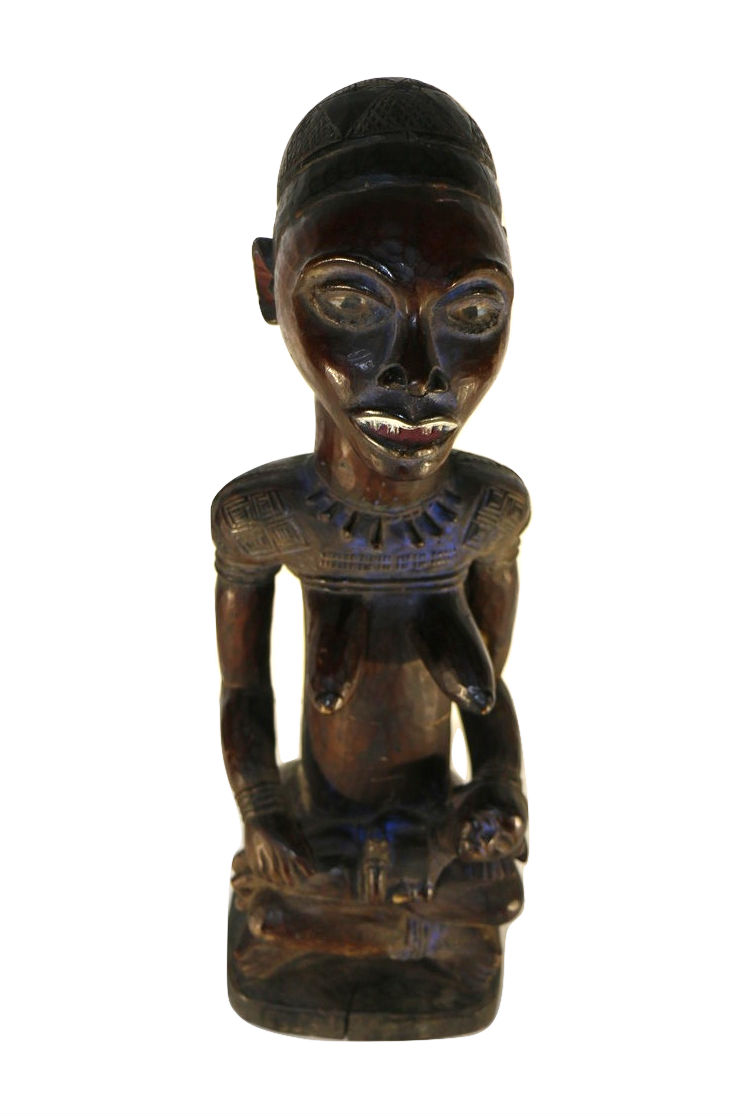
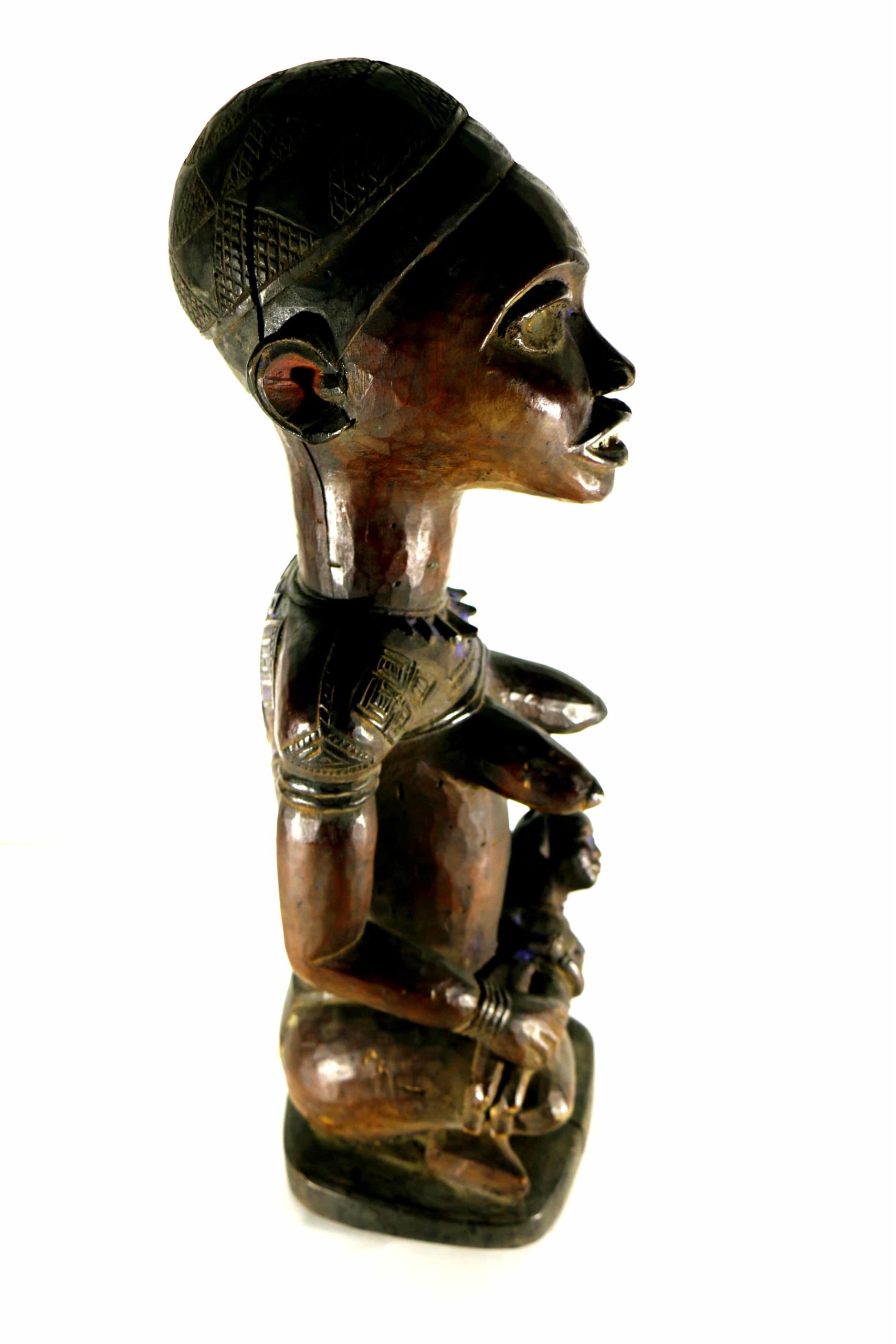
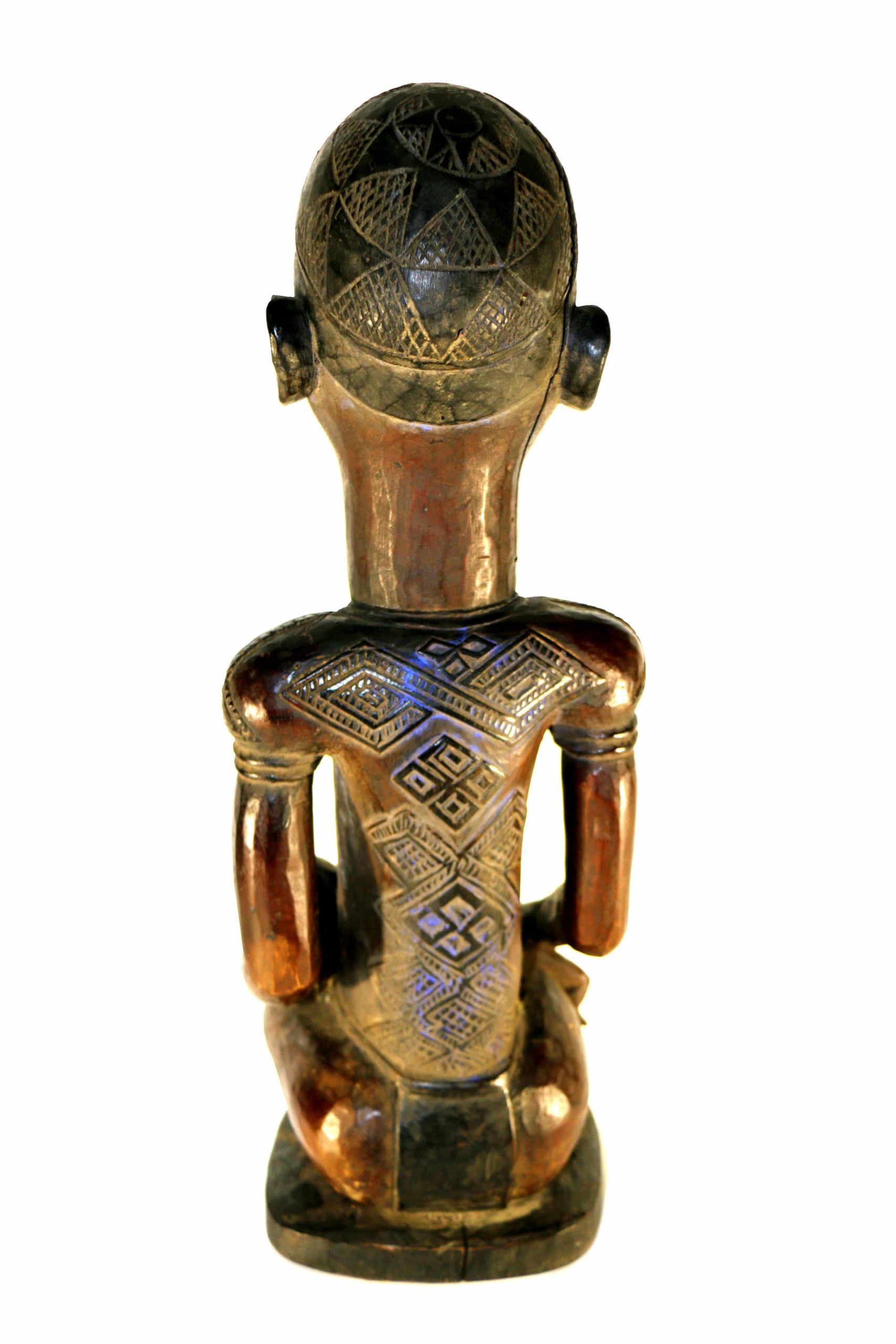
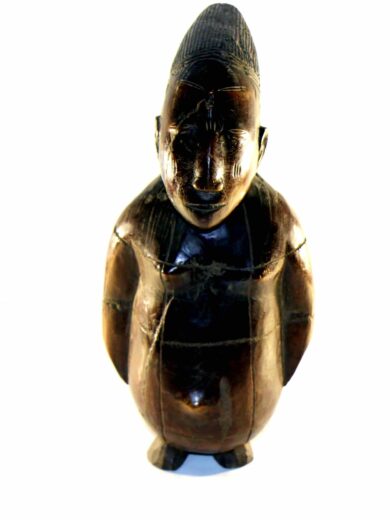
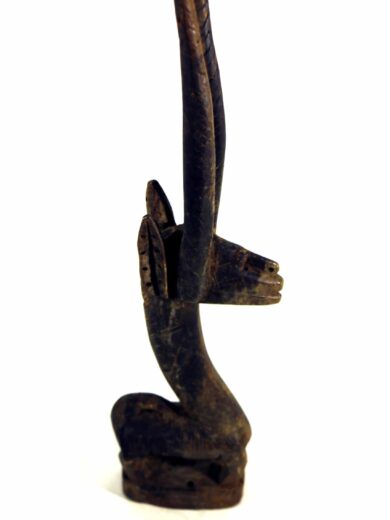
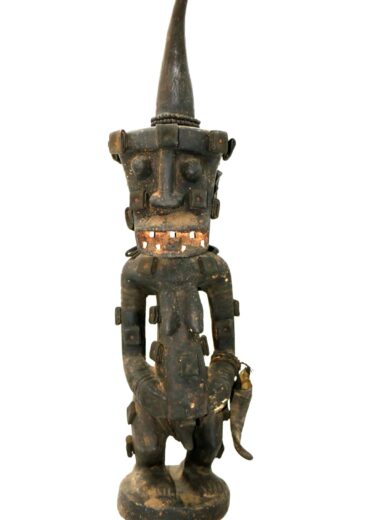

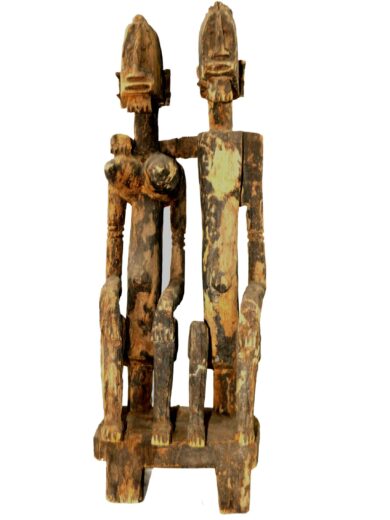

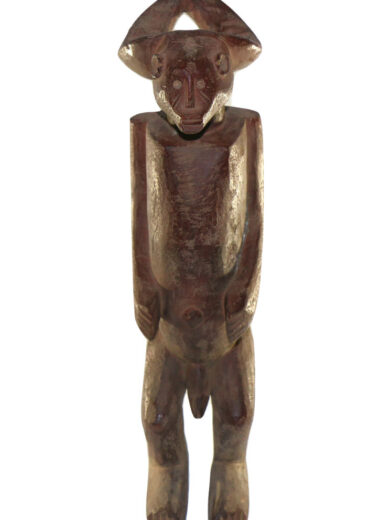

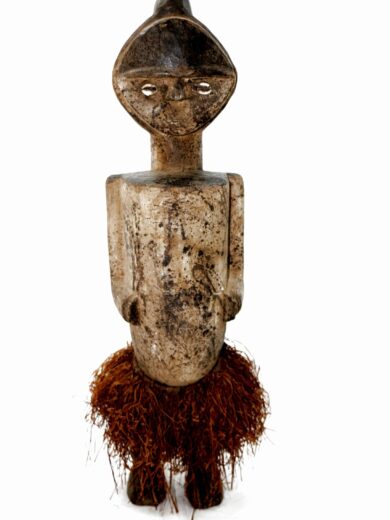
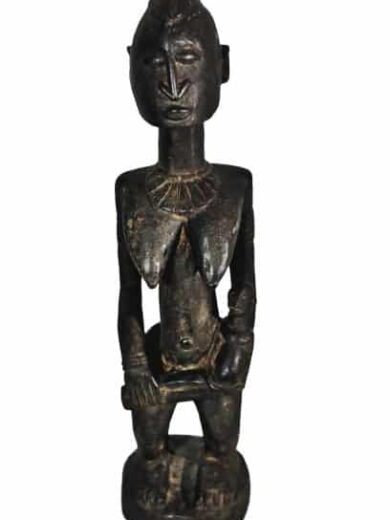
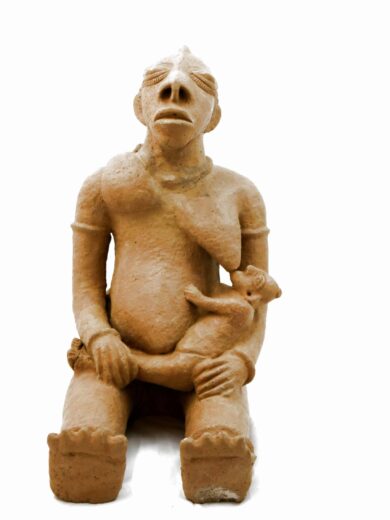

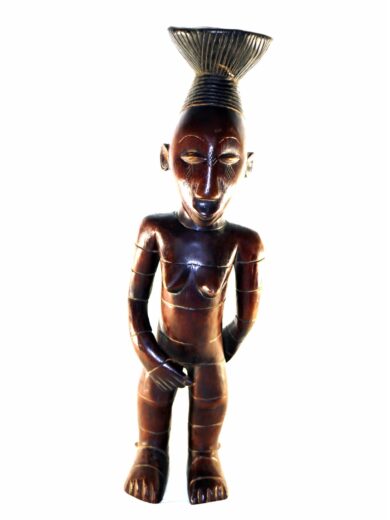
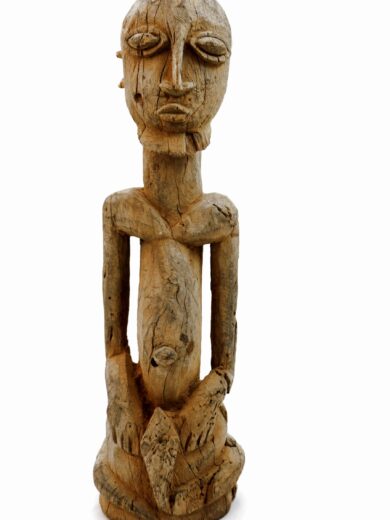
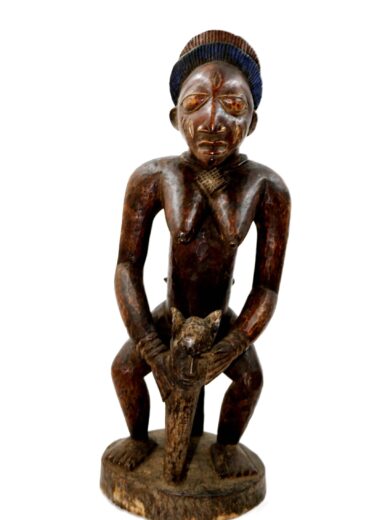

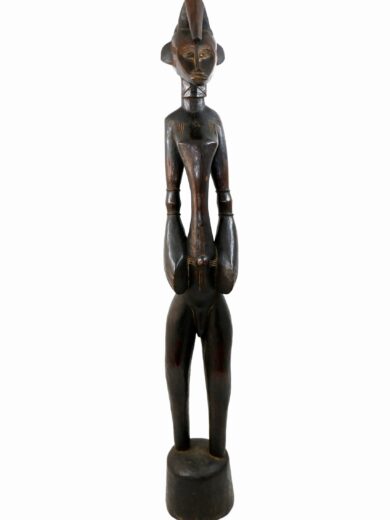
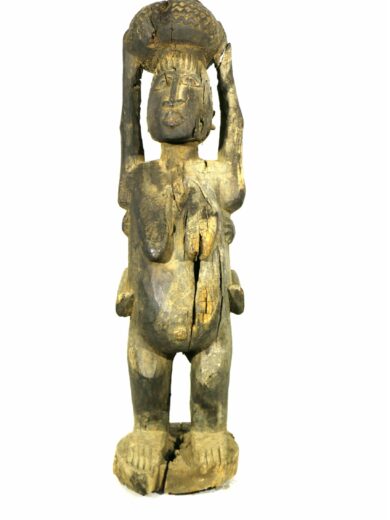
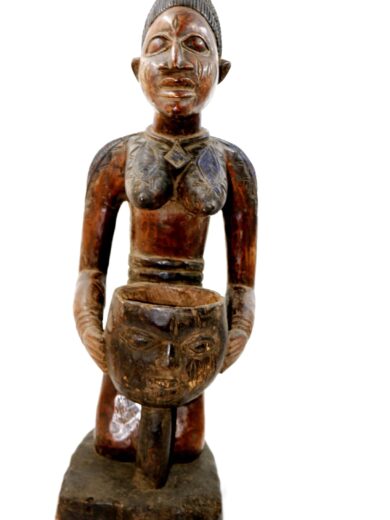
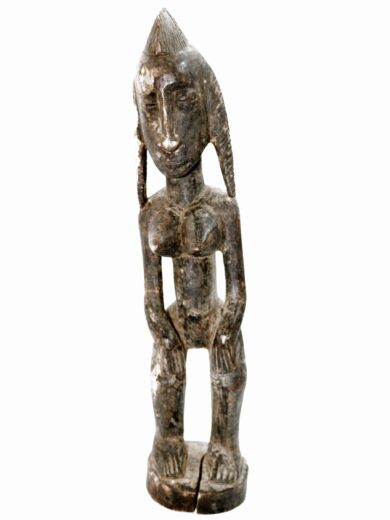
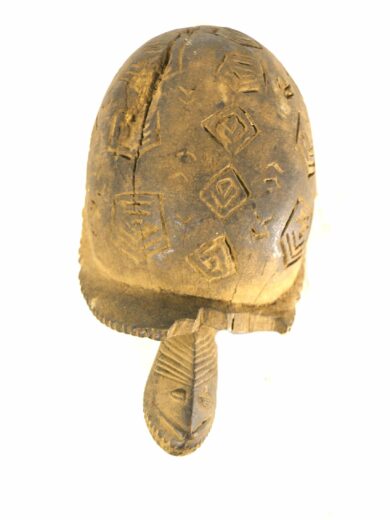
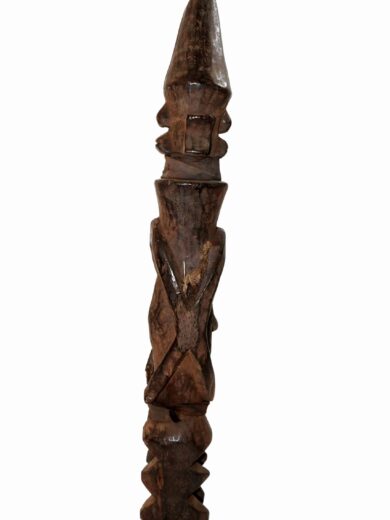
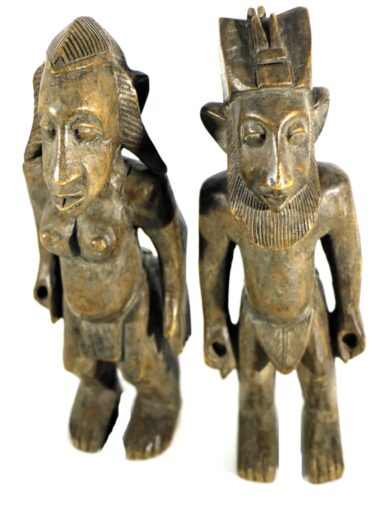
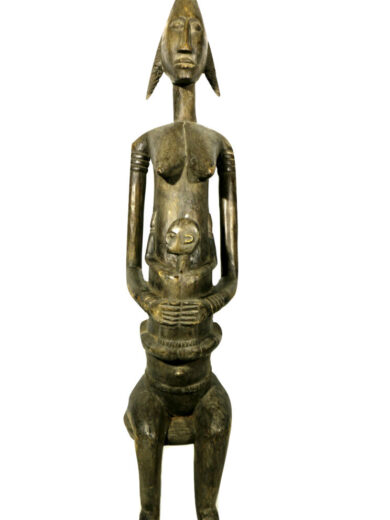

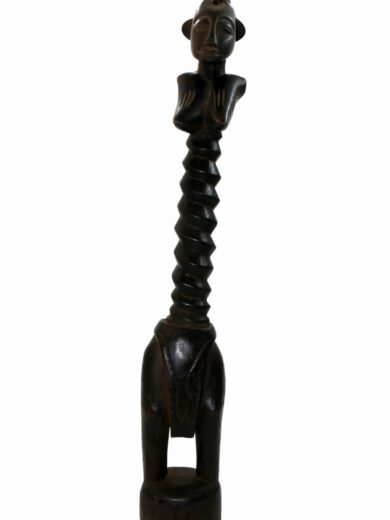

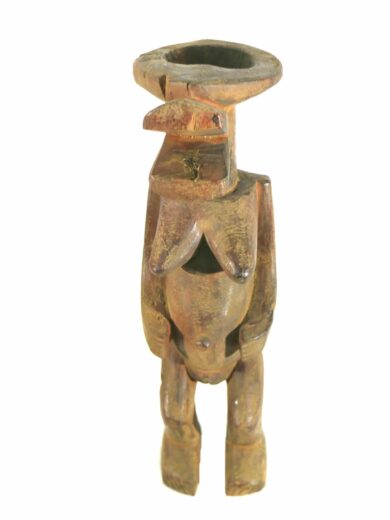

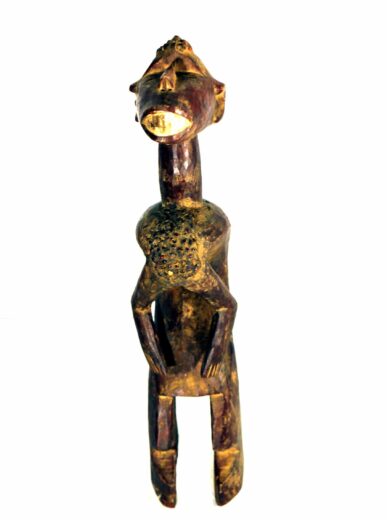
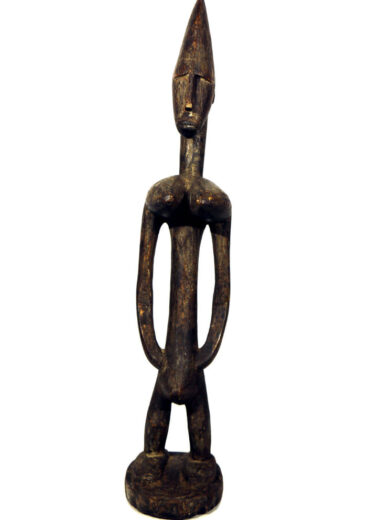

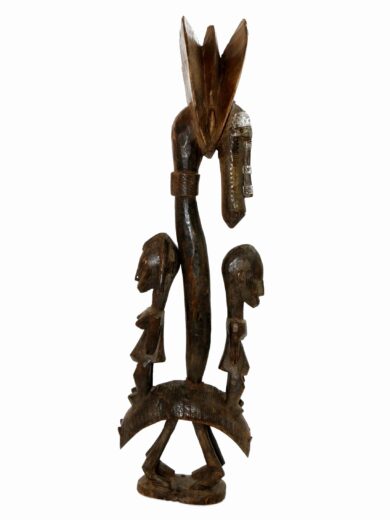

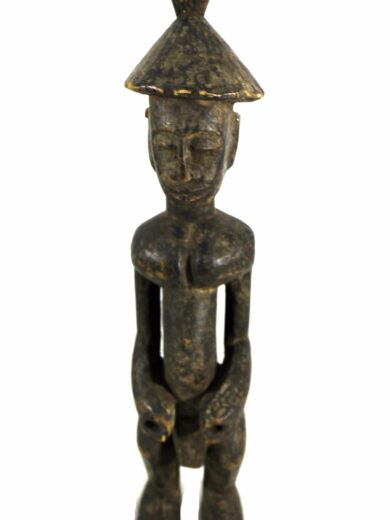
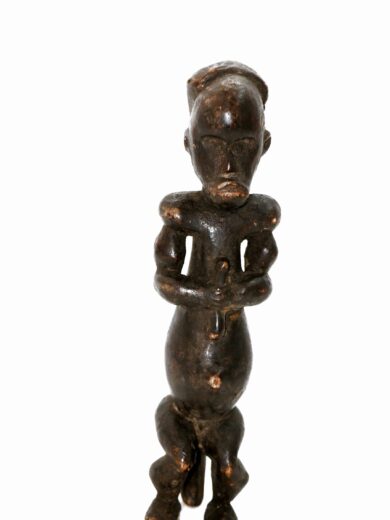

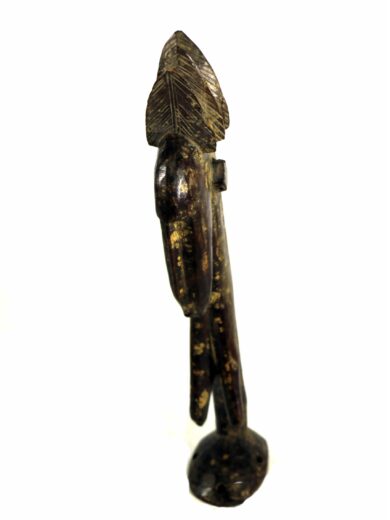

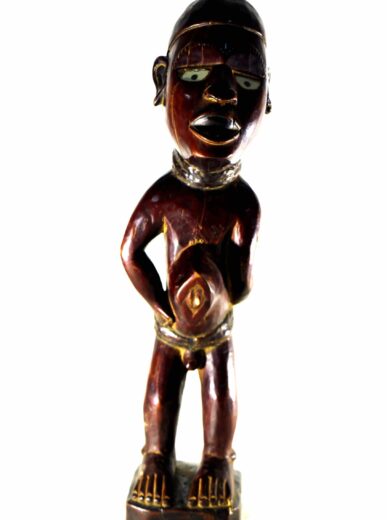
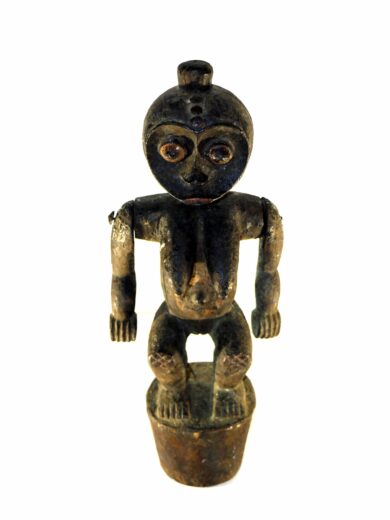


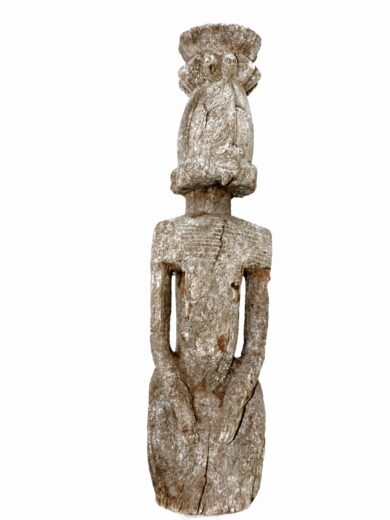
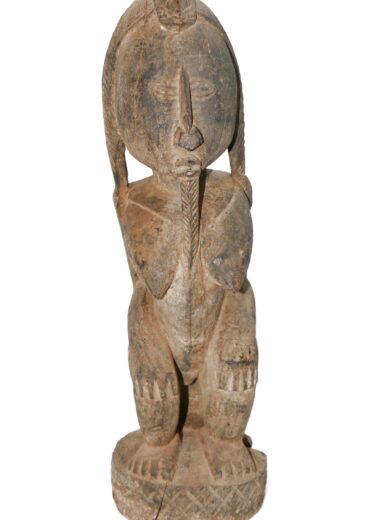
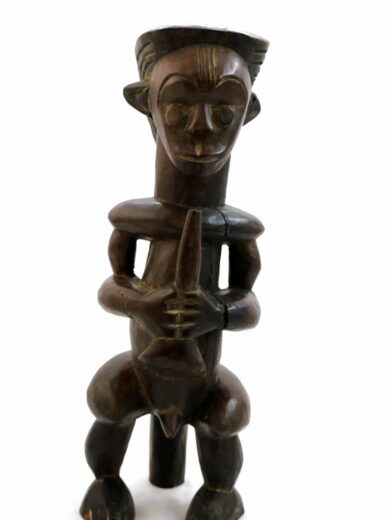


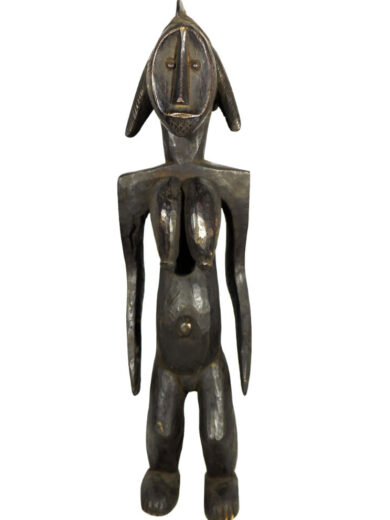
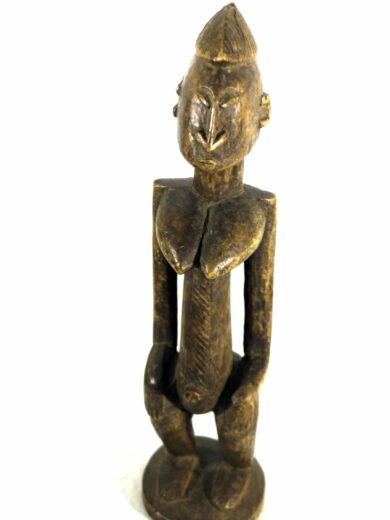

Reviews
There are no reviews yet.